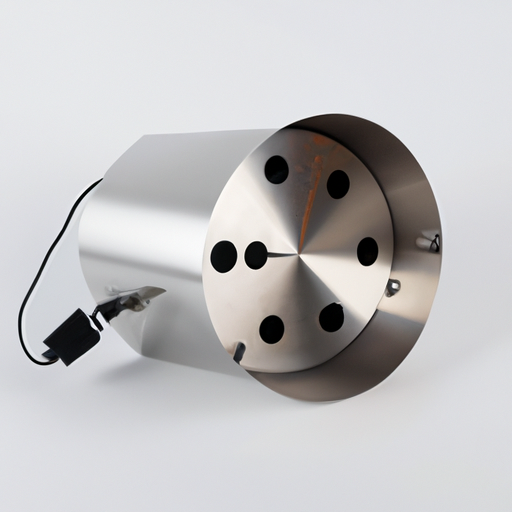Mainstream reflector product line parameters refer to the specific characteristics and features of reflectors that are commonly used in various industries and applications. These parameters play a crucial role in determining the performance and effectiveness of reflectors in different lighting scenarios. In this article, we will explore the main parameters that define mainstream reflector product lines and their significance in achieving optimal lighting solutions.

2. Material: The material used in the construction of a reflector greatly influences its performance and durability. Common materials include aluminum, stainless steel, and various types of plastics. Aluminum reflectors are widely used due to their high reflectivity and lightweight nature. Stainless steel reflectors offer excellent durability and resistance to corrosion. Plastics are often used for cost-effective reflectors in applications where high reflectivity is not a primary concern.
3. Reflectivity: Reflectivity is a critical parameter that determines how efficiently a reflector can redirect light. It is usually measured as a percentage, with higher values indicating better reflectivity. Reflectors with high reflectivity ensure that a significant portion of the light incident on the surface is reflected back, minimizing light loss. Aluminum reflectors typically have high reflectivity, ranging from 85% to 95%, making them a popular choice in many lighting applications.
4. Beam Angle: The beam angle of a reflector defines the spread of light emitted from the light source. It is measured in degrees and determines the coverage area of the light. Reflectors with narrow beam angles concentrate the light in a specific direction, making them suitable for spotlights and focused lighting applications. On the other hand, reflectors with wide beam angles disperse the light over a larger area, providing more general illumination.
5. Efficiency: Efficiency refers to the ability of a reflector to convert electrical energy into usable light output. It is influenced by factors such as reflectivity, design, and the quality of the light source. High-efficiency reflectors ensure that a maximum amount of light is directed towards the desired area, minimizing energy wastage. Reflectors with advanced optical designs and optimized surface finishes can significantly enhance efficiency, resulting in energy savings and improved lighting performance.
6. Compatibility: Compatibility is an essential parameter to consider when selecting a reflector for a specific lighting fixture or application. Reflectors should be designed to fit seamlessly with the light source and the overall lighting system. This includes considerations such as mounting options, connection interfaces, and thermal management. Ensuring compatibility between the reflector and the light source is crucial for achieving optimal performance and avoiding any potential issues or inefficiencies.
7. Customization Options: Mainstream reflector product lines often offer customization options to meet specific lighting requirements. These options may include different finishes, colors, or surface treatments to enhance light distribution or aesthetics. Customization allows for tailoring the reflector to specific applications, ensuring the best possible lighting solution.
In conclusion, mainstream reflector product line parameters encompass various characteristics and features that define the performance and effectiveness of reflectors in different lighting applications. Size, shape, material, reflectivity, beam angle, efficiency, compatibility, and customization options are all crucial factors to consider when selecting reflectors. By understanding and optimizing these parameters, lighting professionals can achieve optimal lighting solutions that meet the specific needs of their applications.